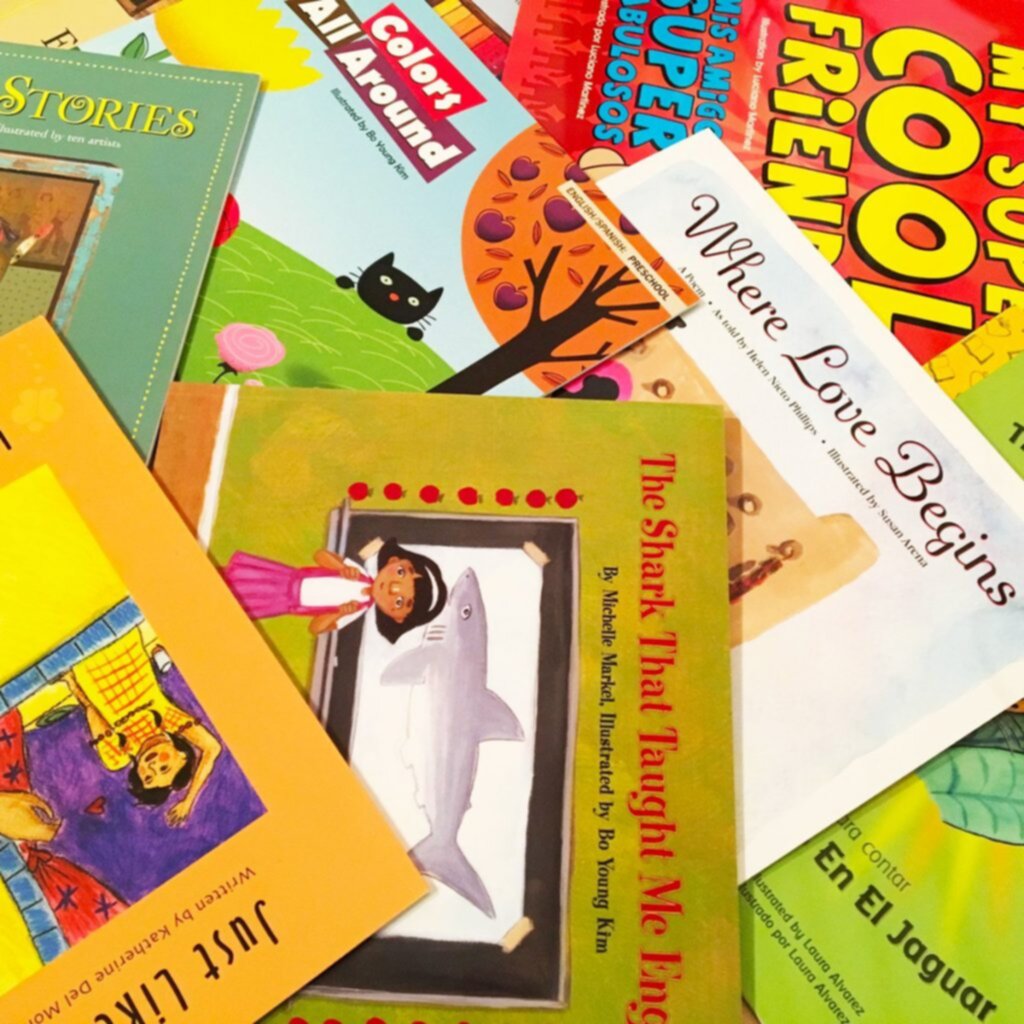
Biliteracy is a student’s ability to proficiently read and write in two languages. Research demonstrates that the most effective route to biliteracy for English Language Learners (ELLs) in the English as a Second Language (ESL) setting is learning in the child’s native language. Further, literacy knowledge in a child’s first language helps to form a solid foundation of skills and concepts that are transferred to literacy skills in a second language. For example, phonological awareness is a skill that is transferable to a child’s second language. In essence, literacy proficiency in the first language fosters conceptual and academic growth.
In the biliteracy model, literacy in one language does not substitute or replace literacy in a second language, as that would be counterproductive to the goal of biliteracy. There is no set transition into literacy in English, rather literacy in English occurs simultaneously with literacy instruction in the native language.
ESL students must consistently read and write in their native language, so that their literacy skills strengthen and can be transferred to their second language. Therefore, illiteracy isn’t based on the outcome of biliteracy; rather, it is a process that is strategically planned with the best interest of the student in mind.
ESL teachers should use a comprehensive, balanced approach to reading and writing. This approach should place an emphasis on reading bilingual books. By reading bilingual books, ELLs will strengthen their first language and make correlations between their first language and their second language.
For ESL students whose native language is Spanish, there are more and more bilingual books for students of all ages and grade levels. Lectura Books offers an array of Spanish and English bilingual books that place an emphasis on the diverse cultures of Hispanics. Additionally, the Latino Family Literacy Project offers webinars for ESL teachers, so that they can better serve the needs of ELL students.
